
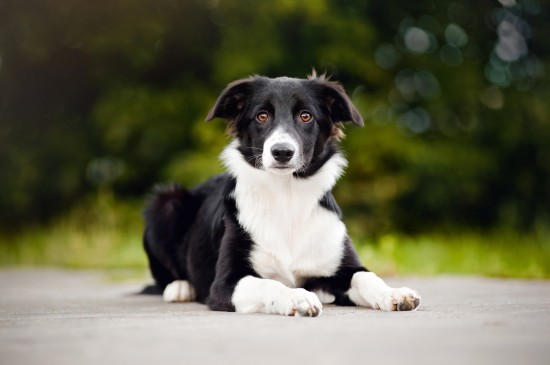
Herding dogs, or to give them their official Kennel Club designation, pastoral dogs, are dogs that were historically used for herding and helping with the management of livestock. This grouping covers a wide range of popular breeds, such as sheepdogs, collies and shepherd dogs, with over thirty herding dog breeds recognised by the Kennel Club in the UK.
Despite their high energy levels and keenness to work, herding dogs have also become popular as domestic pets over the course of the last fifty years, and many herding dog breeds and types now live in an environment far removed from the faming endeavours and outdoor, working lifestyles that they were historically bred for.
While herding dogs can often make eminently suitable if very energetic family pets, however, keeping a herding dog in a domestic environment is not without its challenges, and special care and attention must be given to their training, handing and exercise to ensure that everything goes smoothly.
If you own a herding dog breed or are considering getting one as a family pet, read on to learn more about the handling and training considerations you should bear in mind.
Herding dogs are usually highly intelligent as well as highly active, a necessary side effect of being able to retain a large number of training commands and skills in the field.
This intelligence can also make them challenging to train, as they become easily bored if not sufficiently stimulated, and can easily pick up bad habits inadvertently by acquired learning and observation.
Herding dogs need clear and unambiguous training, and positive reinforcement of their success in learning and retaining new skills.
Herding dogs are often used for sports and pursuits such as advanced heelwork and canine agility, and take well to disciplines of this type. It is certainly true that herding dogs that are given an outlet for their energy and desire to learn in these ways are generally happier, more obedient and more receptive to life within a domestic environment than those whose historical lifestyle is not taken into account.
Herding dogs also bond closely with their regular handlers and trainers, as they work closely with their handlers in the field and soon become attuned to the slightest of cues and indications of what is required of them. This makes them suitable for a wide variety of activities with young and old alike, but not suitable for a household that doesn’t wish to spend a significant amount of time and energy working with their dogs on an ongoing basis.
Herding dogs when well trained are usually highly obedient, fast to look to their owner for cues, and one of the most reliable types of dog to be trusted to come when recalled off the lead.
However, herding dogs also have an inherent propensity to herd, something that has been bred into them over the course of centuries of interaction with human handlers. This can mean that even a dog that has never been worked or spent any time around farm animals may display herding behaviour, whether that might be during their first visit to an environment where animals are running loose, or even with the smaller members of the household and other pets!
Rather than avoiding situations that might trigger your dog’s herding instincts, it is important that you tackle this issue head on, and train your dog into the appropriate interaction with other animals, and people.
You may never be able to train the herding instinct out of a herding dog, but you can channel this energy into appropriate outlets, such as ball games and agility, and ensure that your dog is receptive to training commands and can always be recalled upon demand.
Herding dogs should always be kept close to heel or on a lead in any kind of environment which might prove tempting as a viable herding opportunity, such as in the countryside or in strange environments.
Herding dogs will sometimes begin to view other household pets (such as cats) and even small children as part of their “flock,” and take it upon themselves to “round them up” and nip at their heels, something that you will of course need to nip in the bud early on!
Herding dogs are without a doubt one of the most energetic dog types in the world, and when used for working purposes and at the peak of fitness can run and run with boundless energy all day long.
This is something that every potential owner of a herding dog should be aware of, and there is no way to train this desire out of the dog, or any way to get around it.
A herding dog that is not exercised enough will be unhappy and possibly begin acting out, and it would be hard to overstate the type of commitment that is required to keeping a herding dog happy and fit, or how challenging this can be in a domestic environment.
Many types of herding dogs such as collies will require two or more long, energetic walks per day, with plenty of opportunity to run freely and stretch their legs.
A half hour walk on the lead once or twice a day is simply not sufficient!
Herding dog types are intelligent, friendly and personable, and are generally good natured and tolerant of children. This is, in large part, why they have become more and more popular as pets rather than working animals over the last twenty or so years.
However, herding dogs have very unique and specific requirements that can mean that they are more difficult to keep as pets kept within a domestic environment than many other breeds.
Any potential owner of a herding dog must be sure that they have researched the type thoroughly, know what they are getting into, and are confident that they can take care of all of the care, exercise and training requirements that herding dogs need.
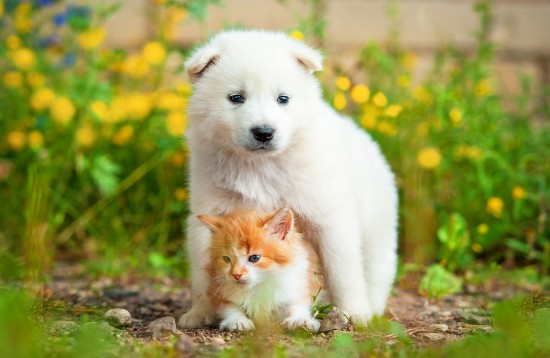 Tips To Help Establish A Happy Garden Share With Your Canine & Feline Friends
Tips To Help Esta
Tips To Help Establish A Happy Garden Share With Your Canine & Feline Friends
Tips To Help Esta
 Keeping Toy Dogs Happy
Keeping Toy Dogs
Keeping Toy Dogs Happy
Keeping Toy Dogs
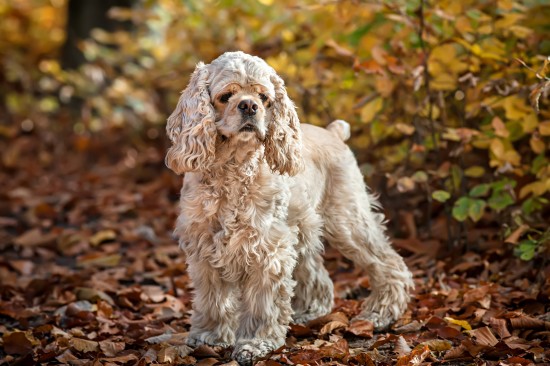 How The American Cocker Spaniel Became Recognised As A Breed In Its Own Right
How The American
How The American Cocker Spaniel Became Recognised As A Breed In Its Own Right
How The American
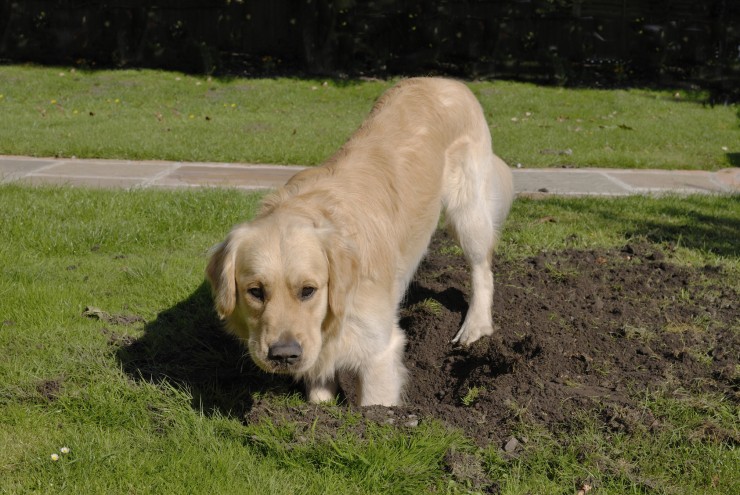 Why Does My Dog Insist On Digging Their Way Out Of The Garden?
Why Does My Dog I
Why Does My Dog Insist On Digging Their Way Out Of The Garden?
Why Does My Dog I
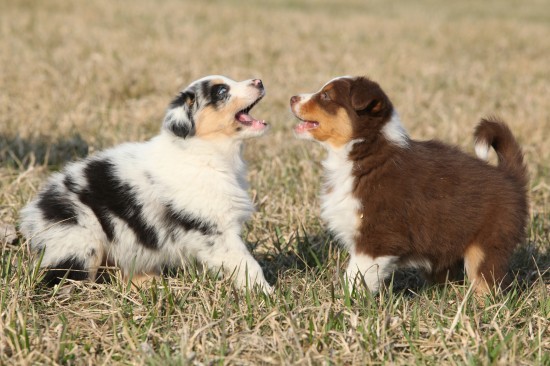 4 Reasons Why Socialising A Dog Is Great For Their Health
4 Reasons Why Soc
4 Reasons Why Socialising A Dog Is Great For Their Health
4 Reasons Why Soc
Copyright © 2005-2016 Pet Information All Rights Reserved
Contact us: www162date@outlook.com